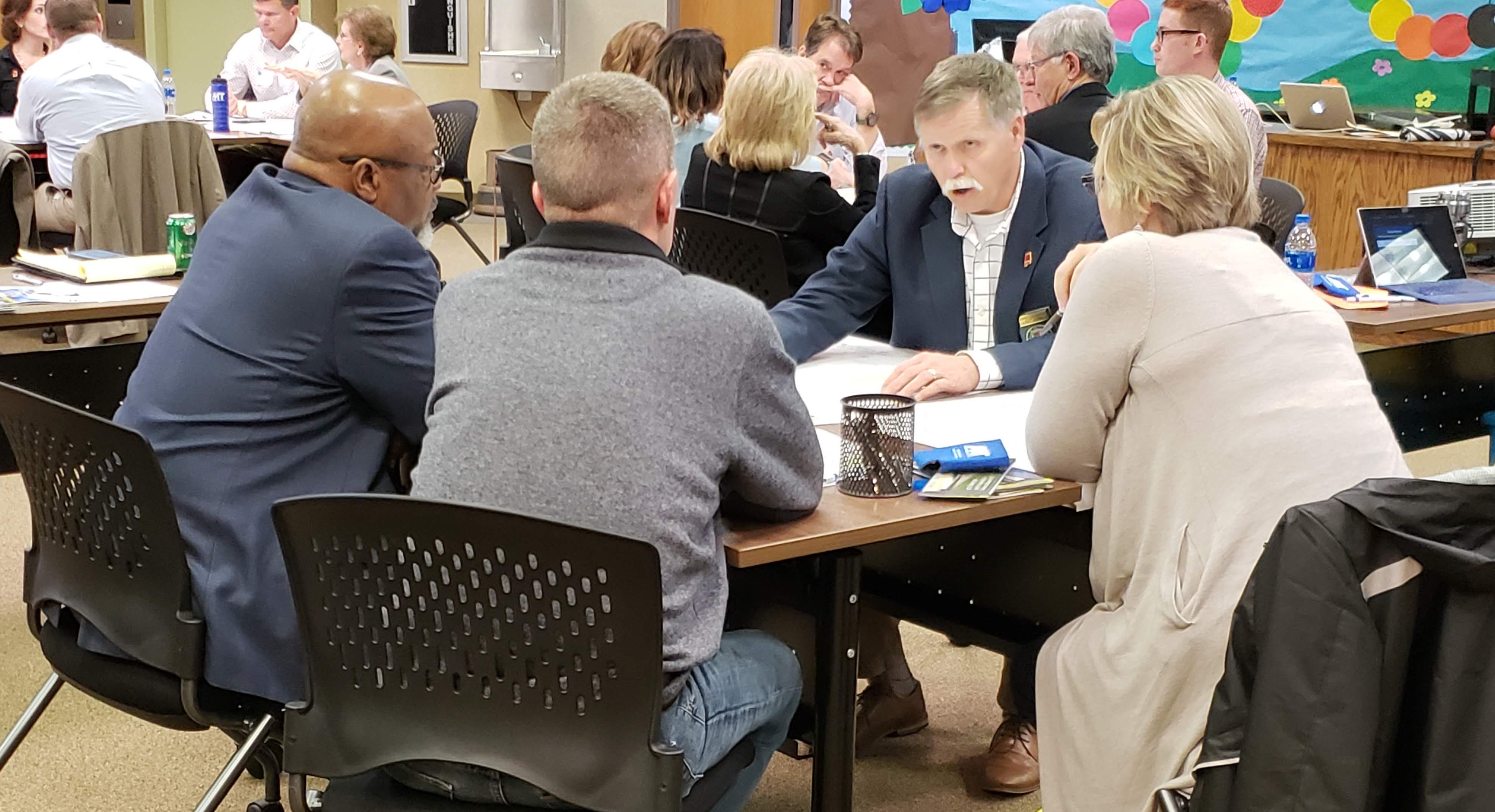 A smart growth approach can help municipalities support their long term financial health, and a new tool will help local leaders understand specific ways this approach can help their community.
A smart growth approach can help municipalities support their long term financial health, and a new tool will help local leaders understand specific ways this approach can help their community.
The Fiscal Implications of Development Patterns, released today by Smart Growth America and real estate advisors RCLCO, is a new model for analyzing the fiscal performance of urban development.
It is designed to help towns, cities, and counties understand what financial returns their development currently generates—and what strategies could generate better returns in the future.
This new model is unique in that it is sensitive to both geography and density. We allow municipal costs per capita to vary based on these factors.
Join today’s kickoff event
Smart Growth America will be presenting this new tool at a live event today at 2:00 PM EDT in Madison, WI. The event will also be live streamed on the web, and we invite you to watch.
Madison is the first city in the country to use our new model, and today’s event will also include a demonstration of how the model applies to Madison’s development specifically.
Smart Growth America is always working to help towns and cities better understand the impacts of their development choices. Our new model is the most recent in this line of work and we look forward to sharing it with you. Join us later today to learn all about the new resource.
P.S.—Want to conduct this analysis in your town, city, or county? Contact us to learn about our consulting services.









